
Rotating wkly acct. ft. a new historian each wk. Founder/Manager: K. Rezakhani Khodadad Rezakhani. Do not use contents w/o permission. On Long Hiatus
3 subscribers
How to get URL link on X (Twitter) App


 In popular imagination, she is mostly associated with the dual romances of “Khosrow & Shirin” and “Shirin & Farhad”… yeeees, this legendary woman has TWO medieval romances written about her! Take that Guinevere!
In popular imagination, she is mostly associated with the dual romances of “Khosrow & Shirin” and “Shirin & Farhad”… yeeees, this legendary woman has TWO medieval romances written about her! Take that Guinevere! 



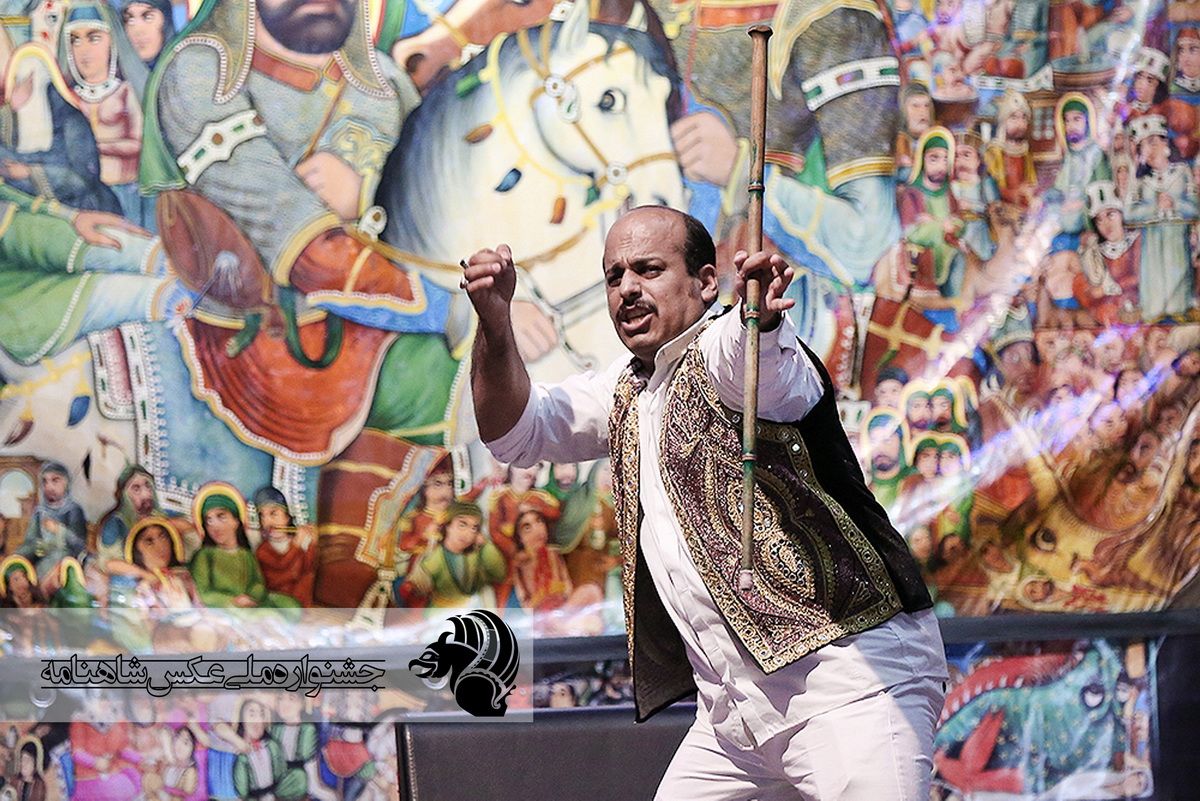
 These days brilliant women storytellers are part of this traditionally male-exclusive profession. This is Sara Abbaspour; one of Morshed women today. The staff stick is a crucial part of performing, used to dramatize and to point to the painted scenes. 2/17 @GolnarNemat
These days brilliant women storytellers are part of this traditionally male-exclusive profession. This is Sara Abbaspour; one of Morshed women today. The staff stick is a crucial part of performing, used to dramatize and to point to the painted scenes. 2/17 @GolnarNemat 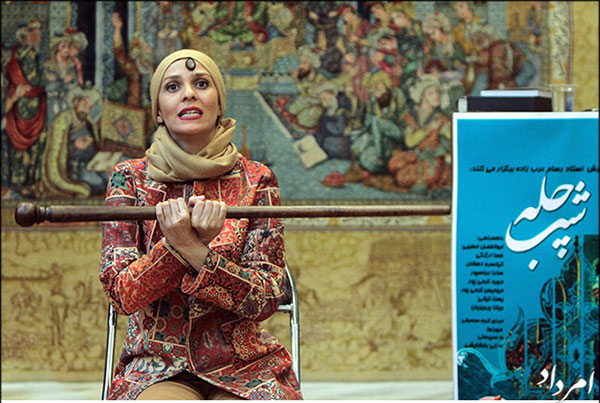
https://twitter.com/HistorianofIran/status/1346143406741987329



 2/ The ROTPI claimed “Comrade Mao has evolved Marxism, [and] we must solve issues from the point of view of Mao Zedong Thought." They began circulating translations of the works of Mao Zedong and other militant texts among Iranian students abroad. In pamphlets and periodicals...
2/ The ROTPI claimed “Comrade Mao has evolved Marxism, [and] we must solve issues from the point of view of Mao Zedong Thought." They began circulating translations of the works of Mao Zedong and other militant texts among Iranian students abroad. In pamphlets and periodicals... 


 2/ During the Yuan, China and Persia were linked by Mongol rule, and Persian was one of the official administrative languages. A few Persians held important status as members of the semuren (色目人), an administrative class made up of non-Mongol, non-Chinese subjects.
2/ During the Yuan, China and Persia were linked by Mongol rule, and Persian was one of the official administrative languages. A few Persians held important status as members of the semuren (色目人), an administrative class made up of non-Mongol, non-Chinese subjects. 
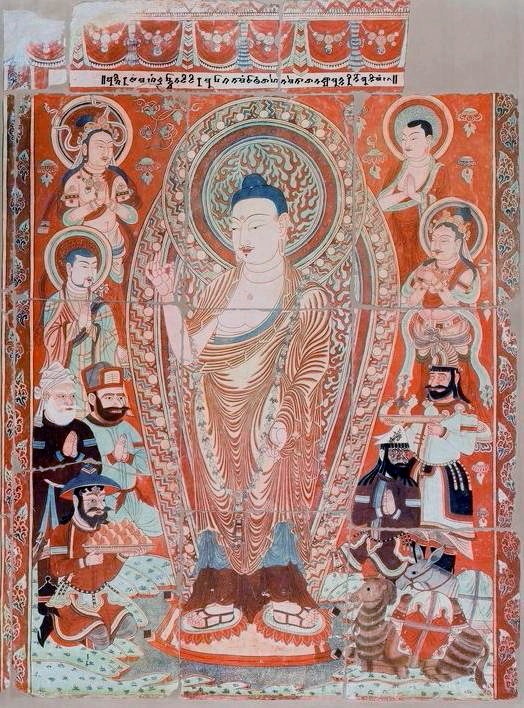

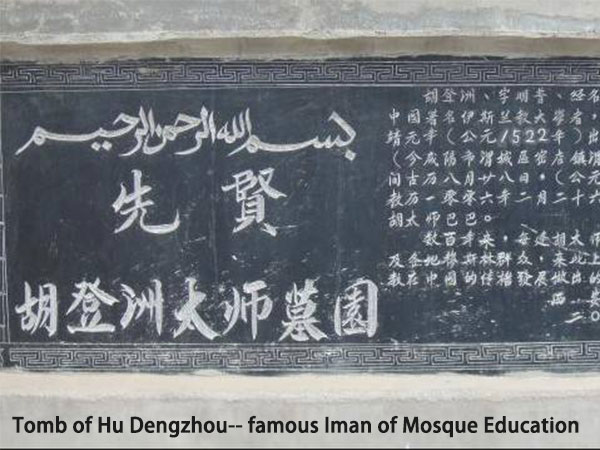
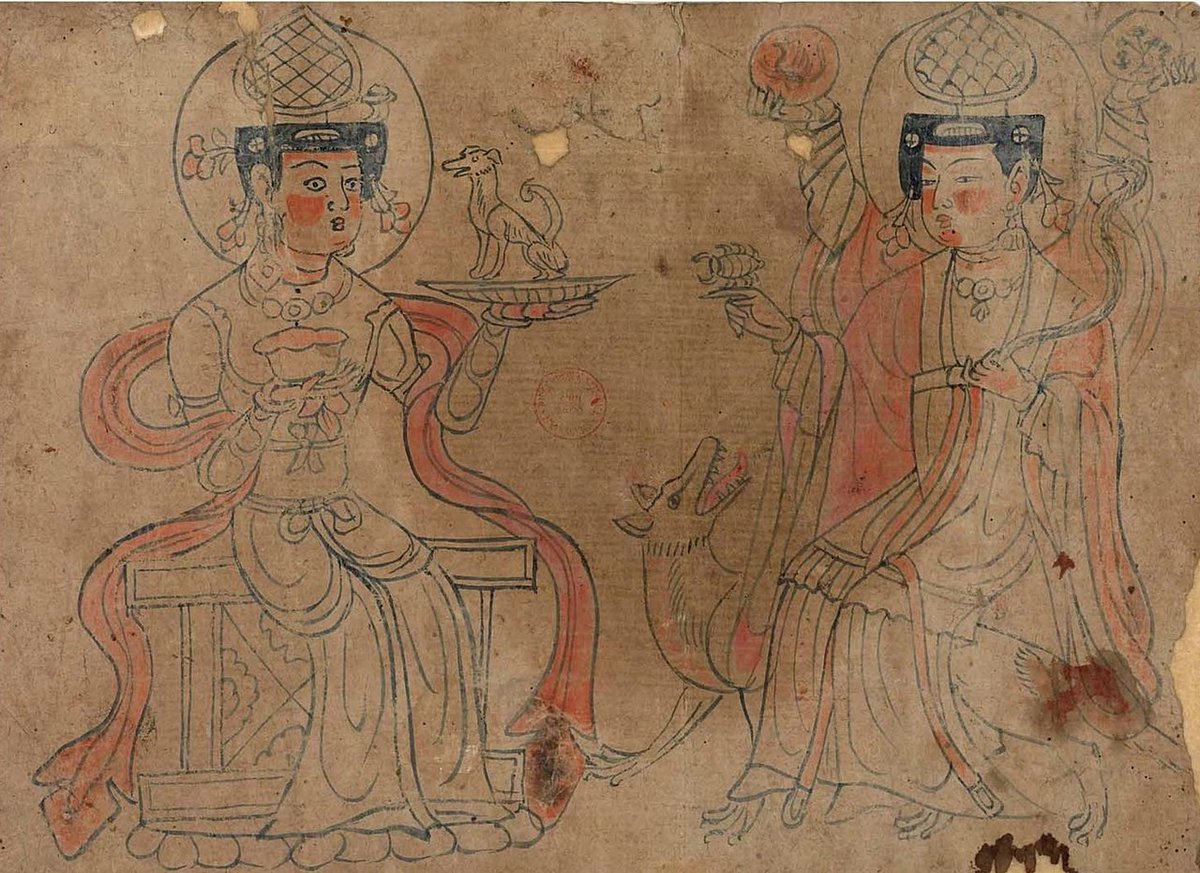 2/ (Disclaimer: Each of these could be an entire topic, but as I am do this in my limited free time, I simply can't cover all three as well as I'd like. Please forgive anything left out, simplified, or overlooked. Follow me @IranChinaGuy and I will post more on each next week!)
2/ (Disclaimer: Each of these could be an entire topic, but as I am do this in my limited free time, I simply can't cover all three as well as I'd like. Please forgive anything left out, simplified, or overlooked. Follow me @IranChinaGuy and I will post more on each next week!)


 2/ Chinese ceramics were an important part of a global trade network that linked China and the Middle East to the world economic system. Many of these objects were transported overland in a series of trade networks, today called the "Silk Road". In addition to land routes...
2/ Chinese ceramics were an important part of a global trade network that linked China and the Middle East to the world economic system. Many of these objects were transported overland in a series of trade networks, today called the "Silk Road". In addition to land routes... 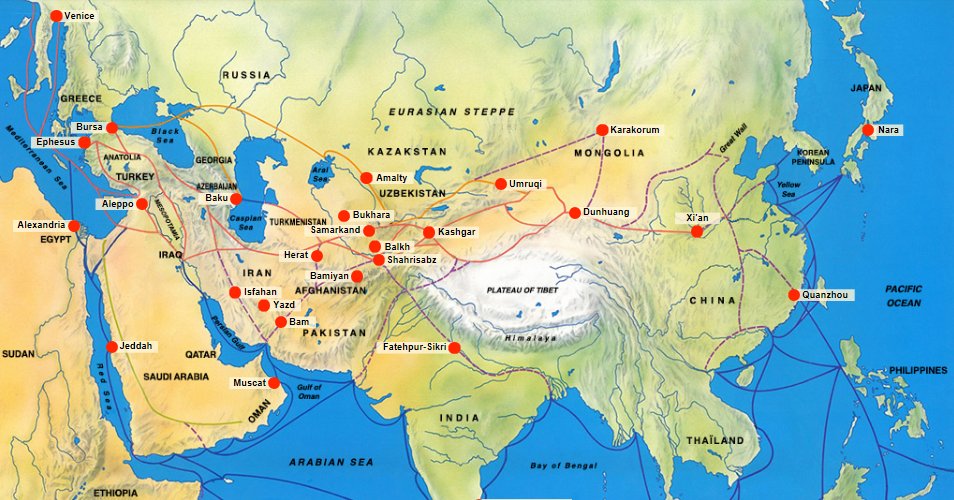
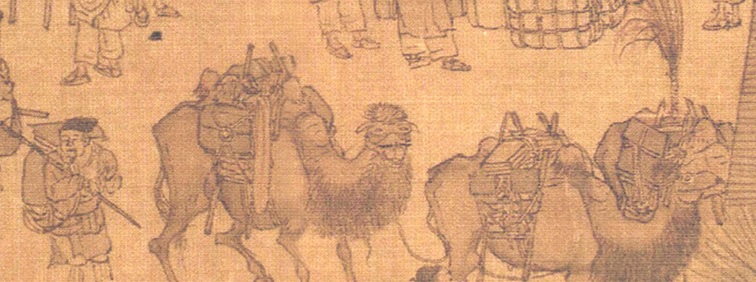
 2/ Feng Ruofang is known to historians as a pirate who once made his base at Hainan, an island off the southern tip of China. In 742, a shipwrecked monk attested to his activities. Feng "seized two or three Persian merchant ships every year, taking the cargo for himself and...
2/ Feng Ruofang is known to historians as a pirate who once made his base at Hainan, an island off the southern tip of China. In 742, a shipwrecked monk attested to his activities. Feng "seized two or three Persian merchant ships every year, taking the cargo for himself and... 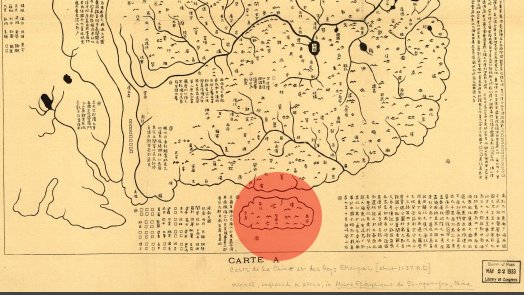

 2/ Li Xun (~855-930 CE) was a Chinese poet of Persian descent, and an accomplished physician. Exact details of his early life are not known, but his surname marked him by his ethnic background. Li (李) was a royal surname associated with the founders of the Tang dynasty...
2/ Li Xun (~855-930 CE) was a Chinese poet of Persian descent, and an accomplished physician. Exact details of his early life are not known, but his surname marked him by his ethnic background. Li (李) was a royal surname associated with the founders of the Tang dynasty... 

 2/ An Shigao was of Parthian descent, a fact made evident by his surname An (安). Short for 安息, the Chinese name for the Parthian Arsacid dynasty, this surname was adopted by many Parthians and their descendants at the Han court. His translations date from 148-180 CE.
2/ An Shigao was of Parthian descent, a fact made evident by his surname An (安). Short for 安息, the Chinese name for the Parthian Arsacid dynasty, this surname was adopted by many Parthians and their descendants at the Han court. His translations date from 148-180 CE. 
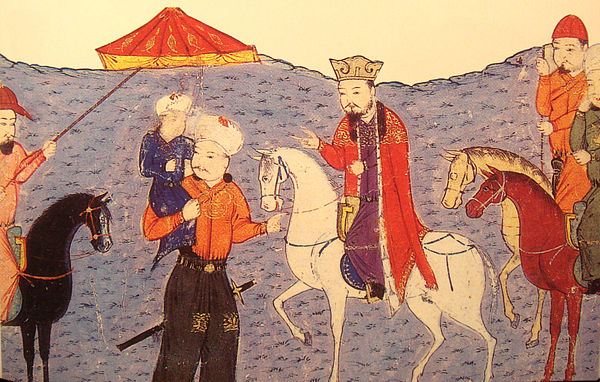
 2/ "The largest of these embassies...numbered several hundred persons, while even the smaller parties included over 100 members… In the course of one year anywhere from five to six to over ten parties would be sent out." (Shiji).
2/ "The largest of these embassies...numbered several hundred persons, while even the smaller parties included over 100 members… In the course of one year anywhere from five to six to over ten parties would be sent out." (Shiji).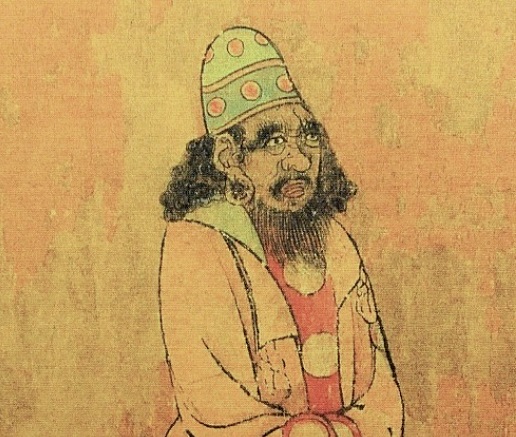

 Sogdia and Bactria were Iranian civilizations centered around Samarkand and modern Afghanistan. The overthrow of the Greco-Bactrian state by the 月氏 (Yuèzhī, also called the Tocharians) in 125 CE marks the first historical event noted by both Chinese and European records. 2/
Sogdia and Bactria were Iranian civilizations centered around Samarkand and modern Afghanistan. The overthrow of the Greco-Bactrian state by the 月氏 (Yuèzhī, also called the Tocharians) in 125 CE marks the first historical event noted by both Chinese and European records. 2/ 
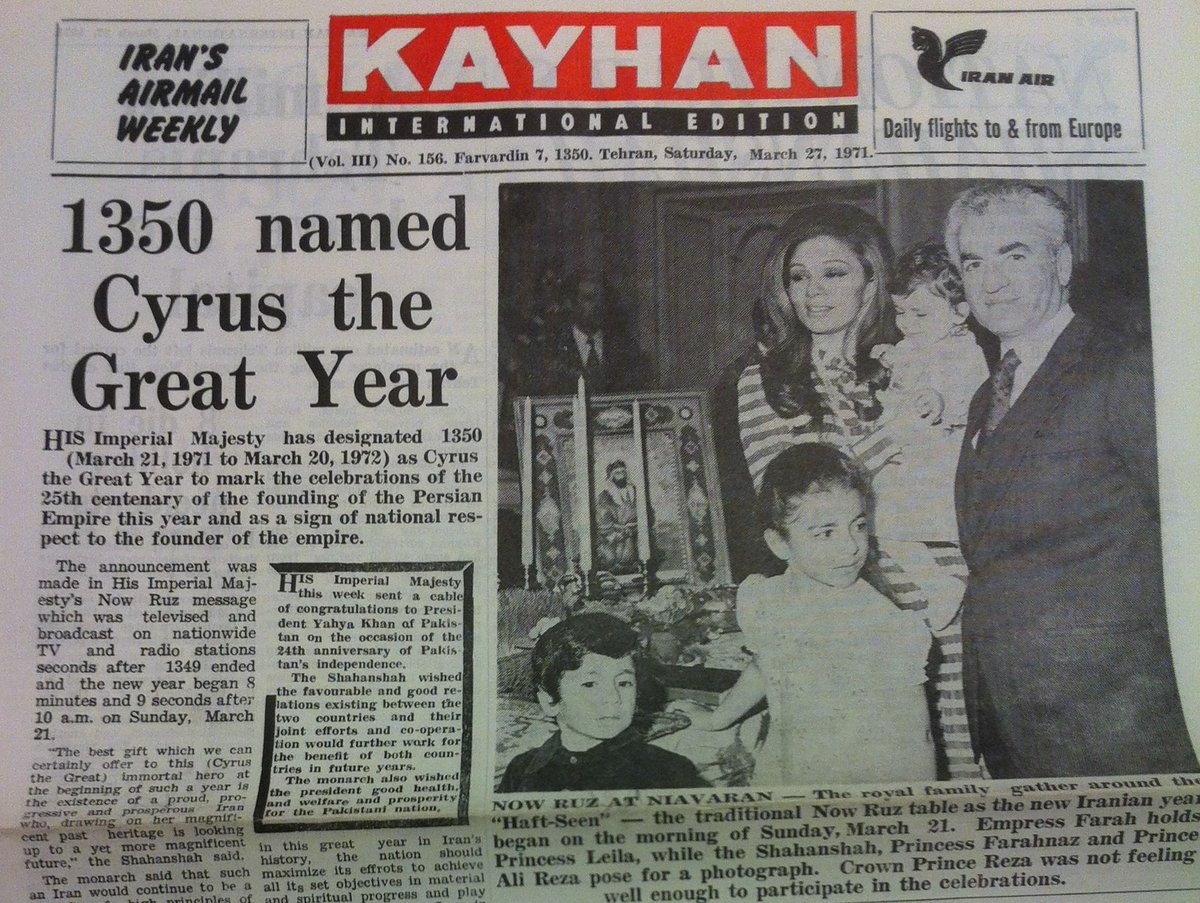
 drawing on her magnificent past heritage is looking up to a yet more magnificent future.” During this special year, the regime placed great emphasis on economic development: dams, industrial complexes and hotels were completed and airports and roads were expanded. ~rs 2/20
drawing on her magnificent past heritage is looking up to a yet more magnificent future.” During this special year, the regime placed great emphasis on economic development: dams, industrial complexes and hotels were completed and airports and roads were expanded. ~rs 2/20 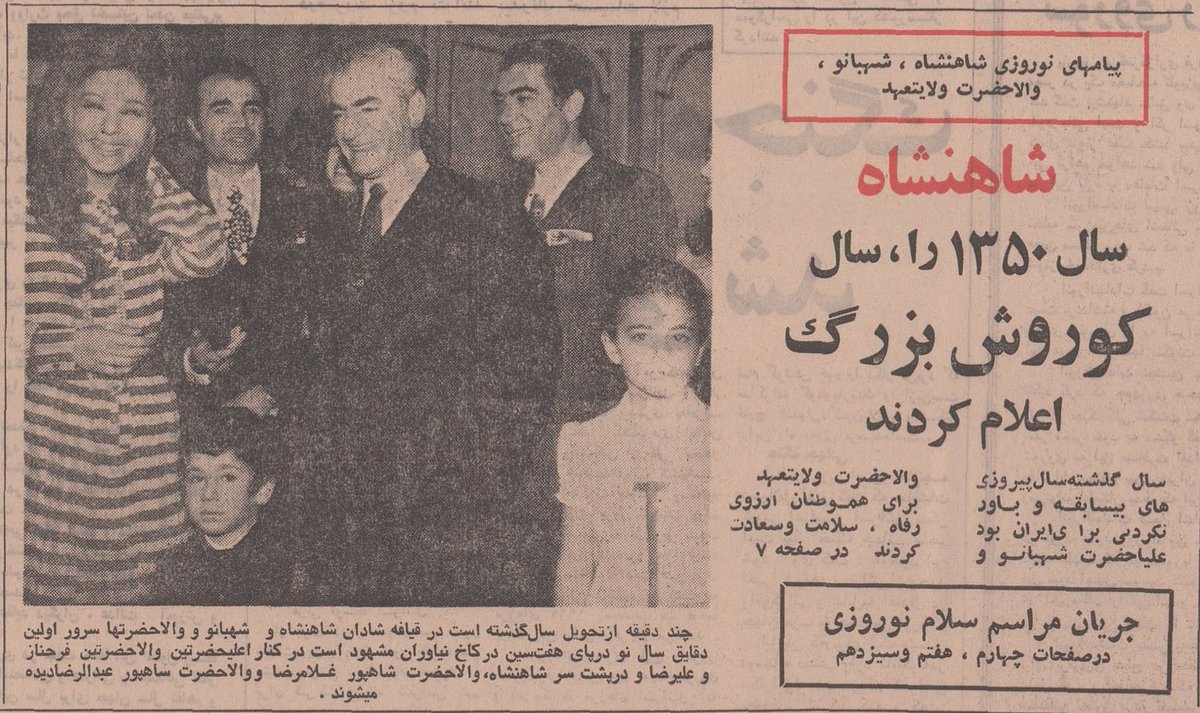
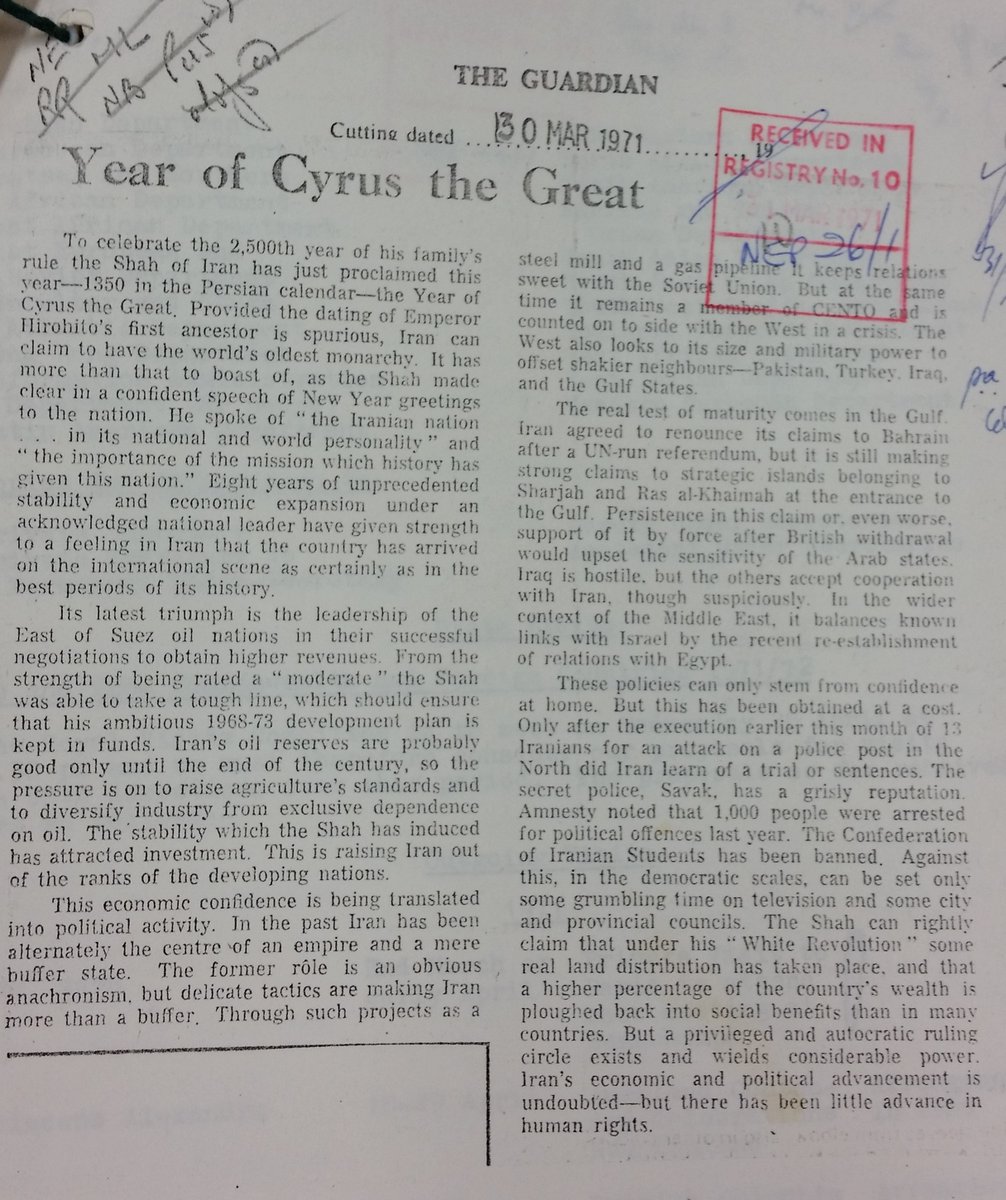

 The Shah was later mocked for these words. His opponents made jokes like “Sleep calm, we’re ruining the country. Sleep calm, we’re pissing away all the wealth.” You can watch the Shah's speech in the official propaganda film on the Celebrations, ~rs 2/16
The Shah was later mocked for these words. His opponents made jokes like “Sleep calm, we’re ruining the country. Sleep calm, we’re pissing away all the wealth.” You can watch the Shah's speech in the official propaganda film on the Celebrations, ~rs 2/16

 This thread will look at Safavid devotion to the shrines of the imāms and how their sanctity was understood, presented, and channeled; later I'll do a separate thread on Safavid saints' shrines of the mostly sufi variety, which continued to be venerated through the Saf. period
This thread will look at Safavid devotion to the shrines of the imāms and how their sanctity was understood, presented, and channeled; later I'll do a separate thread on Safavid saints' shrines of the mostly sufi variety, which continued to be venerated through the Saf. period
https://twitter.com/HistorianofIran/status/1264827506034696192?s=20

https://twitter.com/HistorianofIran/status/1266700825230966788In particular, the two brothers Isaac Ezekiel (1863-1941) and Abraham Shalom (1877-1951) are central in this regard. Both were scholars of Semitic languages as well as manuscript collectors. At different points both traveled to Germany but neither stayed there.~tw 2/23
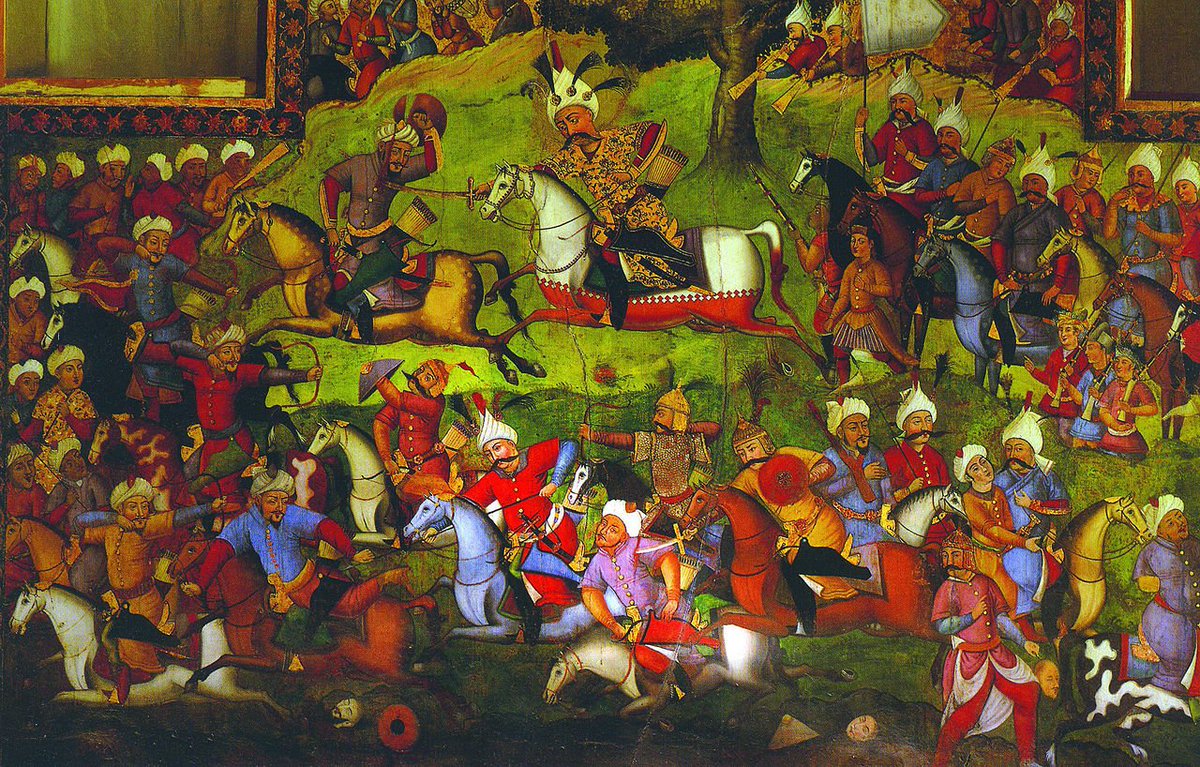
 The Shaybanids were an Uzbek dynasty that ruled Transoxiana and parts of Khorasan during the 16th century. Descendants of Genghis Khan’s eldest son, they became Turkified in the steppes of Central Asia and Siberia fo/2
The Shaybanids were an Uzbek dynasty that ruled Transoxiana and parts of Khorasan during the 16th century. Descendants of Genghis Khan’s eldest son, they became Turkified in the steppes of Central Asia and Siberia fo/2 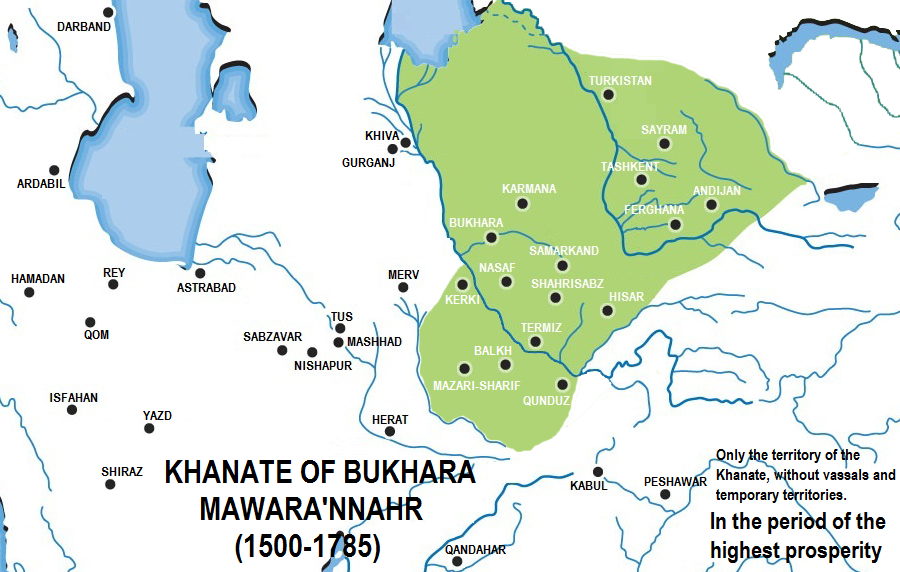
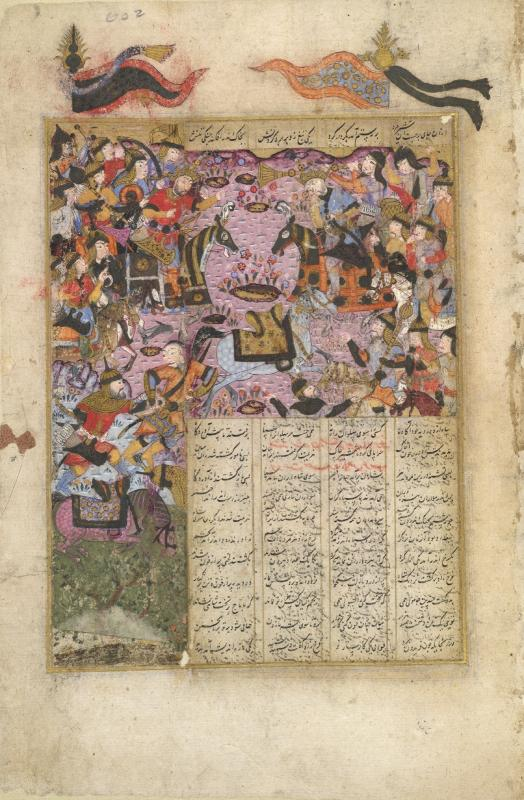



 You’ll notice that #ducks are REALLY common in #Sogdian art, appearing primarily in #textile (there’s also a wooden painted panel from Kucha). They almost always hold a necklace in their beaks
You’ll notice that #ducks are REALLY common in #Sogdian art, appearing primarily in #textile (there’s also a wooden painted panel from Kucha). They almost always hold a necklace in their beaks


